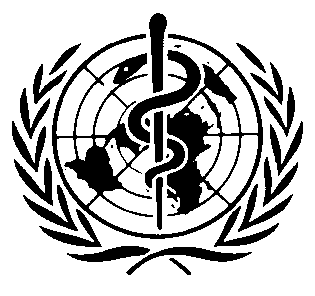International Chemical Safety Cards
| TRIPHENYLAMINE | ICSC: 1366 |




N,N-Diphenylaniline C18H15N / (C6H5)3N Molecular mass: 245.3 CAS # 603-34-9 RTECS # YK2680000 April 20, 2005 Peer reviewed |
| TYPES OF HAZARD/ EXPOSURE | ACUTE HAZARDS/ SYMPTOMS | PREVENTION |
FIRST AID/ FIRE FIGHTING |
| FIRE |
Combustible.
Gives off irritating or toxic fumes (or gases) in a fire.
|
NO open flames.
|
Powder, alcohol-resistant foam, water spray, carbon dioxide.
|
| EXPLOSION |
Finely dispersed particles form explosive mixtures in air.
|
Prevent deposition of dust; closed system, dust explosion-proof electrical equipment and lighting.
|
|
| EXPOSURE |
|
PREVENT DISPERSION OF DUST!
|
|
| •INHALATION |
|
Ventilation.
|
Fresh air, rest.
|
| •SKIN |
Redness.
|
Protective gloves.
|
Rinse and then wash skin with water and soap.
|
| •EYES |
Redness.
|
Safety goggles
.
|
First rinse with plenty of water for several minutes (remove contact lenses if easily possible), then take to a doctor.
|
| •INGESTION |
|
Do not eat, drink, or smoke during work.
|
Rinse mouth.
|
| SPILLAGE DISPOSAL | STORAGE | PACKAGING & LABELLING | ||
|
Personal protection: P2 filter respirator for harmful particles.
Sweep spilled substance into sealable containers; if appropriate, moisten first to prevent dusting.
|
Separated from
acids,
strong oxidants,
and
halogens
.
|
R: S: |
||
| SEE IMPORTANT INFORMATION ON BACK | ||||
|
||||